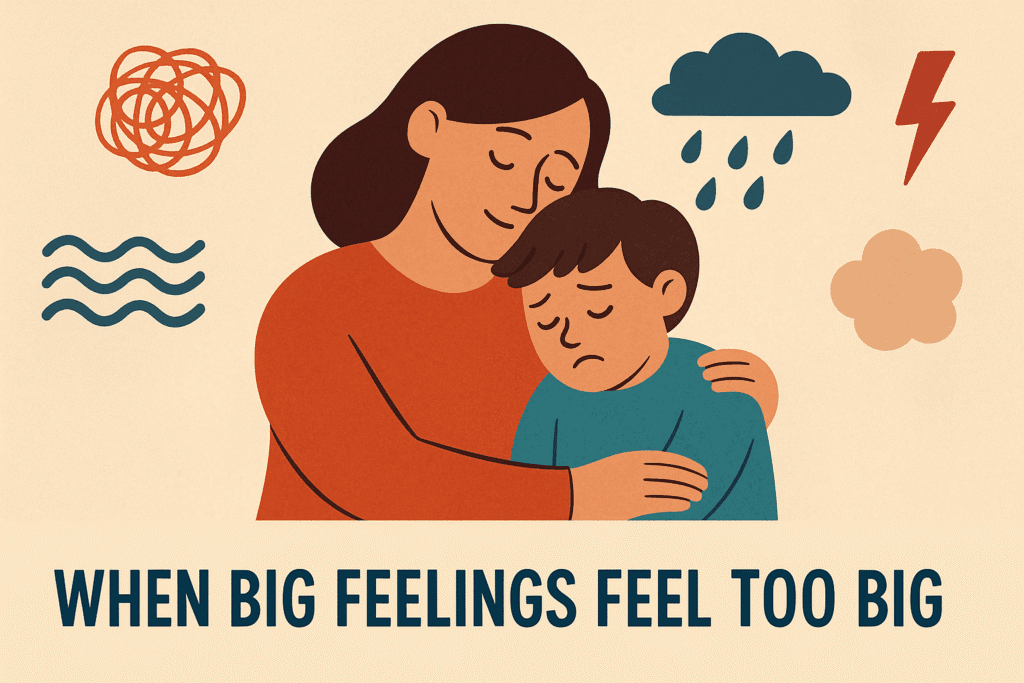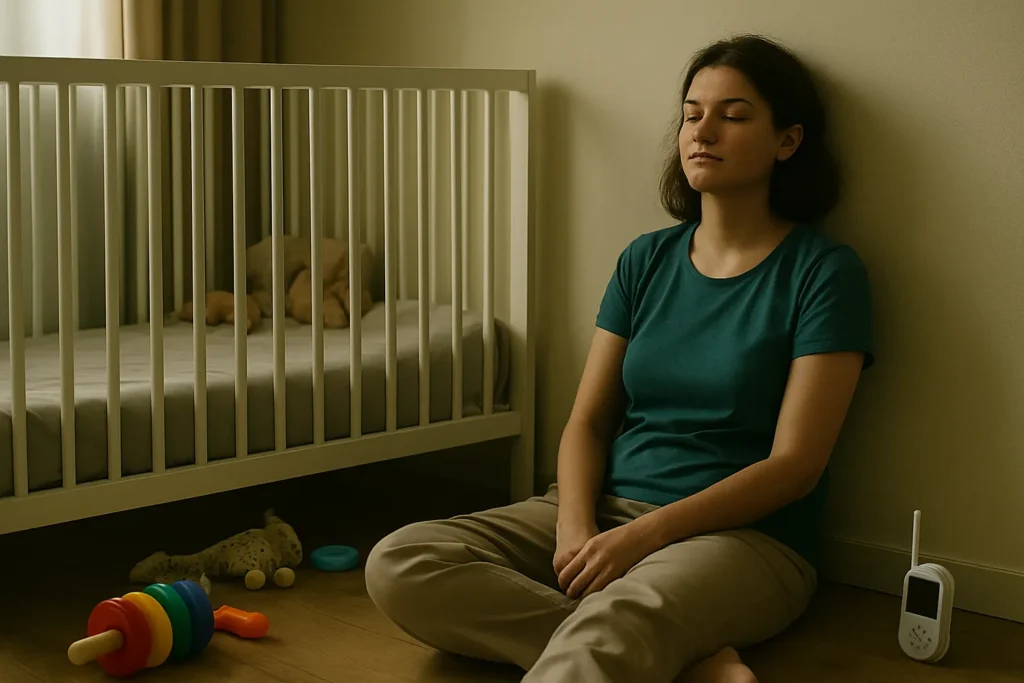Why Meditation Feels Like a Lifeline These Days
If you’re feeling constantly overwhelmed, pulled in a dozen directions, and barely able to catch your breath—yeah, you’re not alone.
We live in a world that’s always on. Buzzing phones, endless tabs, to-do lists that never seem to end. And in all that noise, it’s easy to forget what peace even feels like.
That’s where meditation for beginners can truly help—offering a moment to pause, reflect, and find peace amidst the noise.
Now before you roll your eyes—no, you don’t need to sit cross-legged in total silence or “clear your mind” like a monk. Meditation for beginners doesn’t have to be complicated. It’s simply about learning to pause, reconnect, and breathe.
This guide is for you if:
- You’ve always been curious about meditation but didn’t know where to start
- Your brain is a little too busy, a little too often
- You want something real—simple tools that can help you find calm, without needing a total lifestyle overhaul
This simple step-by-step meditation guide will walk you through how to meditate in a way that’s actually doable—no fluff, no overwhelm, just calm.
Table of Contents
Why Meditation Is Worth It (Even If You’re Skeptical)

The real benefits of meditation go beyond just stress relief. For beginners, it offers a practical way to feel grounded, even during chaos. It’s about being more yourself—but with less tension, less clutter in your head, and a bit more clarity in your day.
🧠 The Real-World Benefits:
- Less stress (because life’s stressful enough already)
- More focus (great when your brain feels like 47 tabs are open) How to Stay Motivated and Focused on Your Goals (Even When You Feel Stuck)
- Better sleep (yes, please)
- A little more emotional steadiness—even when your day goes sideways
No fluffy promises here. Just practical shifts that come from practicing a few minutes a day. And science backs it—Even just a few minutes of daily meditation can support emotional balance and create lasting mental clarity—especially for beginners starting fresh (Not bad for something that’s completely free.)
How to Start Meditating (Without Overthinking It)

So, how do you actually start? Not with rules or rigid routines. Start with something doable. That’s what matters.
🛖 Step 1: Make a Little Space
Find a spot where you can sit quietly. Doesn’t need to be fancy—your bed, a chair, even the floor will do. You’re just making a small pocket in your day for stillness.
🕰️ Step 2: Pick a Time That Feels Right
Morning, lunch break, bedtime—there’s no perfect time. Choose what feels the least chaotic. Even just 3 minutes is a good place to begin.
💡 Step 3: Let Go of Expectations
You’re not trying to “clear your mind.” That’s a myth. Your brain is supposed to think. Meditation is just noticing when it drifts—and gently bringing it back.
Simple Meditation Techniques for Beginners
So you’ve got your space, your moment—and maybe a little nervous energy about how to “do this right.” The truth? There’s no perfect way to meditate. There’s just your way. And it starts here.
1️⃣ Breath Awareness (a.k.a. Just Breathe)
Close your eyes. Inhale slowly. Exhale even slower. That’s it. You’re doing it.
When your mind drifts off (and it will), just gently guide your focus back to your breath. Noticing the rise and fall. Letting your breath anchor you to the moment. No judgment. Just breath.

⏱ Try for 3–5 minutes to start. Set a timer if that helps you relax.
- Sit comfortably and close your eyes.
- Take a deep breath in through your nose, hold for a moment, then slowly exhale.
- Focus on your breath and let go of distracting thoughts.
- If your mind wanders (which is normal!), gently bring your focus back to your breath.
Best Breathing Techniques for Anxiety Relief
2️⃣ Body Scan (Tune In, Wind Down)

- This one’s a great evening ritual. Get comfy—lying down if you want.
- Start by noticing your toes. Then your feet. Ankles. Slowly scan up your body, paying attention to sensations without trying to change them. It’s like giving your mind a map of where your body needs rest.
- This is one of the most beginner-friendly mindfulness techniques out there. It’s gentle, calming, and perfect for starting your daily meditation practice.
10 Natural Ways to Boost Your Mental Wellness (No Pills Required!)
3️⃣ Guided Meditation (You Don’t Have to Do It Alone)

If silence feels intimidating, no worries. There are tons of great guided meditations out there. Apps like Headspace, Calm, or Insight Timer walk you through every step—some with gentle music, others with a calming voice to help you stay centered.
Choose one that resonates. All you need is headphones and a willingness to pause.
“But I Can’t Meditate…” (Yes, You Can)

Everyone hits walls when they’re starting out. Here’s how to deal with the most common ones:
“My mind won’t shut up.”
Totally normal. Meditation isn’t about having zero thoughts—it’s about noticing them without getting pulled into every story. Your brain is supposed to think. The practice is about observing, not silencing.
Self-Doubt is Holding You Back – Here’s How to Overcome It in 2025
“I don’t have time.”
Start with 2 minutes. You’ve waited longer for coffee to brew. You can even practice while brushing your teeth or walking. Stillness is portable.
“It’s not working.”
Give it time. You don’t lift weights once and expect abs. Just like building strength, the benefits of meditation reveal themselves with consistency. That’s why this guide focuses on realistic meditation for beginners—no pressure, just presence. The benefits of meditation build slowly. Some days will feel quiet. Others won’t. Both count.
How to Actually Make It a Habit
You don’t need discipline—you need a beginner-friendly plan. That’s where a daily meditation practice makes all the difference.

✅ Start Small
5 minutes a day is more than enough. Set a reminder or attach it to something you already do. Like:
- After brushing your teeth
- Before opening your laptop
- Right after lunch
✅ Keep It Light
This isn’t a punishment or a productivity hack. It’s a gift to yourself. You’re not trying to be “good” at meditation. You’re just showing up.
✅ Track Your Wins
Use a calendar or app to mark each day you meditate. Seeing that streak grow? It’s a quiet kind of motivation.
A Holistic Take from Roots, Wings, and Wellness

At Roots, Wings, and Wellness, we see meditation as more than a mindfulness technique—it’s a way of remembering what it feels like to come home to yourself.
- Root yourself: Slow down, breathe deep, and land in the present moment.
- Give your mind wings: Let thoughts come and go. Let feelings rise and settle. Create space for clarity to grow.
- Nurture your wellness: With each breath, you’re building resilience. With each moment of stillness, you’re healing.
This isn’t about escaping life. It’s about living it more fully—with your feet on the ground and your heart open.
Conclusion: You Don’t Need a Guru—Just a Quiet Moment
If you’ve made it this far, take this as your nudge. You don’t need more time, more gear, or more knowledge to begin.

You just need one breath. Then another.
And if your brain is messy and your thoughts are loud—welcome. You’re human. Meditation meets you right there. No shame. No pressure. Just presence.
So today, take a moment to close your eyes. Breathe. That’s all it takes to begin.
Check out our insightful articles on personal growth and wellness at Roots, Wings & Wellness.
FAQ’s
Absolutely—it’s actually designed for beginners. You don’t need years of training to experience the benefits of meditation. Just a few minutes of sitting quietly, breathing, and being present can improve focus, reduce anxiety, and help you feel more grounded. It’s okay if your mind wanders—that’s part of the process.
Start with just 3 to 5 minutes a day. It doesn’t have to be long to be effective. In fact, the key is consistency. Our step-by-step meditation guide is designed to help you build a sustainable habit without feeling overwhelmed.
There’s no perfect time—it depends on your routine. Morning meditation can set a calm tone for your day, while evening sessions help you unwind. Some people even sneak in a few mindful minutes during lunch. As long as you’re making time for yourself, you’re doing it right.
Some people feel calmer after just one session. Others notice shifts after a week or two of daily practice. Like any wellness habit, results build over time. Stay consistent and curious—you’re training your brain just like you would a muscle.
Good news—you’re not supposed to. The goal of meditation for beginners isn’t to “empty” your mind but to notice your thoughts without getting swept up in them. If your mind drifts, just bring it back to your breath. That is the practice.
Nope. A quiet corner, a chair, even a parked car during your lunch break works. Some people enjoy using cushions, essential oils, or soft music—but none of that is required. Meditation meets you where you are.

















